- San Diego Short Notice IPT Report
- South Florida IPT Report
- 2014 Tanzania Summer Safari
- Antarctica/The Extended Expedition
- The Amazing Streak Continues
- The Blog is the Bomb!
- Denise Ippolito Longwood Gardens Seminar
- Jim Neiger Workshops
- Used Canon 24-105mm f/4L IS USM Lens for Sale/$600!
- Used Canon 800mm f/5.6L IS Lens for Sale/Price Reduced $1,000!
- Affiliate Links
- IPT INFO
|
This image of a breeding plumage California Brown Pelican was created on the San Diego Short Notice IPT with the Gitzo 3532 LS carbon fiber tripod, the Mongoose M3.6 head, the Canon EF 600mm f/4L IS II USM lens, the Canon 1.4x EF Extender III (Teleconverter), and the Canon EOS-1D X. ISO 400. Evaluative metering at zero at 9:21am: 1/800 sec. at f/11 in Manual mode. Color temperature: AWB. Central sensor/AI Servo/Surround Rear Focus AF as originally framed (this is slight crop) active at the moment of exposure. Click here to see the latest version of the Rear Focus Tutorial. Click on the image to see a larger version. |
San Diego Short Notice IPT Report
The sold out San Diego Short Notice IPT was a huge success. We had great weather, great birds, and some pretty good but not great winds. I was joined by old friends and multiple IPT veterans Alan and Pat Lillich and Clemens van der Werf along with three new folks:Brian Willis, Steve Kaye, and Richard Russ. Unfortunately Richard was–half way through the trip–hit by the flu bug that has been getting so many folks and was down for the count. The highlights as expected included the California race of Brown Pelican in its stunning and variable breeding plumage, breeding plumage Brandt’s and Double-crested Cormorants–the latter with their amazing white plumes; their eastern counterparts feature barely evident black breeding plumes, spectacular breeding plumage Heerman’s Gulls, and some killer Wood Duck opportunities. We ran into old BAA friend Mike Goldhamer who shared an amazing Wood Duck photography trick with us. It took us 2 days to figger it out, but when we did, it was amazing. Thanks Mikey.
|
This Black Vulture silhouette was created on the Anhinga Trail portion of the South Florida IPT with the Gitzo 3532 LS carbon fiber tripod, the Mongoose M3.6 head, the Canon EF 600mm f/4L IS II USM lens, the Canon 2x EF Extender III (Teleconverter), and the Canon EOS-1D X. ISO 400: Evaluative metering -2 2/3 stops: 1/8000 sec. at f/16 in Av mode. Central sensor (by necessity) Expand/AI Servo Rear Focus AF on the bird’s chin active at the moment of exposure. Click here if you missed the latest version of the Rear Focus Tutorial. Click on the image to see a larger version. To learn to properly expose in blasting highlight images see the stuff on creating 11:00am Silhouettes in The Art of Bird Photography II (AP II: 916 pages, 900+ images on CD only). To see some Black Vulture flight silhouettes made using a totally different technique in very low light, see the 600mm f/4L IS/1D X: Tv Mode Predawn Flight Silhouette Technique blog post. There is simply no limit to how much you can learn on the BAA Blog; be sure to subscribe. Many folks firmly believe that real photographers use Manual exposure mode 100% of the time. In the At Long Last, As Promised: the Greatest, Most Educational Blog Post Ever? Manual… Av… Tv… Program… Which is The Best Shooting Mode? blog post I lay waste to that myth. While I work in Manual mode more than half the time there are many situations where Av *as here), Tv, and even Program are best…. |
South Florida IPT Report
Co-leader Denise Ippolito and I had a blast on the South Florida Composite IPT. Only 2 folks, who happen to be 2 of the world’s happiest campers, Deirdre Sheerr Gross, a multiple IPT veteran, and Muriel McClellan, who was with us on the great Swan Island Dahilia Farm IPT, were with us for the complete trip. They loved that we built in some down time to the Composite IPT and so did Denise and I. And they loved that all three of the hotels were so close to our shooting locations. And so did we.
In addition to our two full-times we were joined by the sweet Milton Bell, April Sayre who loved the birds and the 300 L IS II that she rented from me, the always-interesting Chris Iribe, the really eager to learn Roger Deitrich, the very pleasant Michael Weeks, IPT veteran and all-around nice guy Larry Master, first timer and Brit Geoff Margo, mutliple IPT veteran the very sweet Brent Bridges, Anhinga Trail veteran the very tall and nice Norris Siert, and the very lovely Jackie Klieger who really loved her birds and her photography.
The best part of working with truly happy campers is that they accept a bit of inclement weather with a smile. We knew that bad weather was coming so we photographed for 6 1/2 hours in one fell swoop on the full day at the Venice Rookery–Wednesday January 29, enjoyed a long working lunch, rested up, did some image review, and then hit the sack early. On Thursday morning it poured so Denise and I taught them everything that we know about composition and image design by first presenting our seminar program with the same name and followed that up with another: “Seeing the Scene: Refining Your Creative Vision.” Everyone who attended was thrilled with both presentations and felt that they had learned a ton.
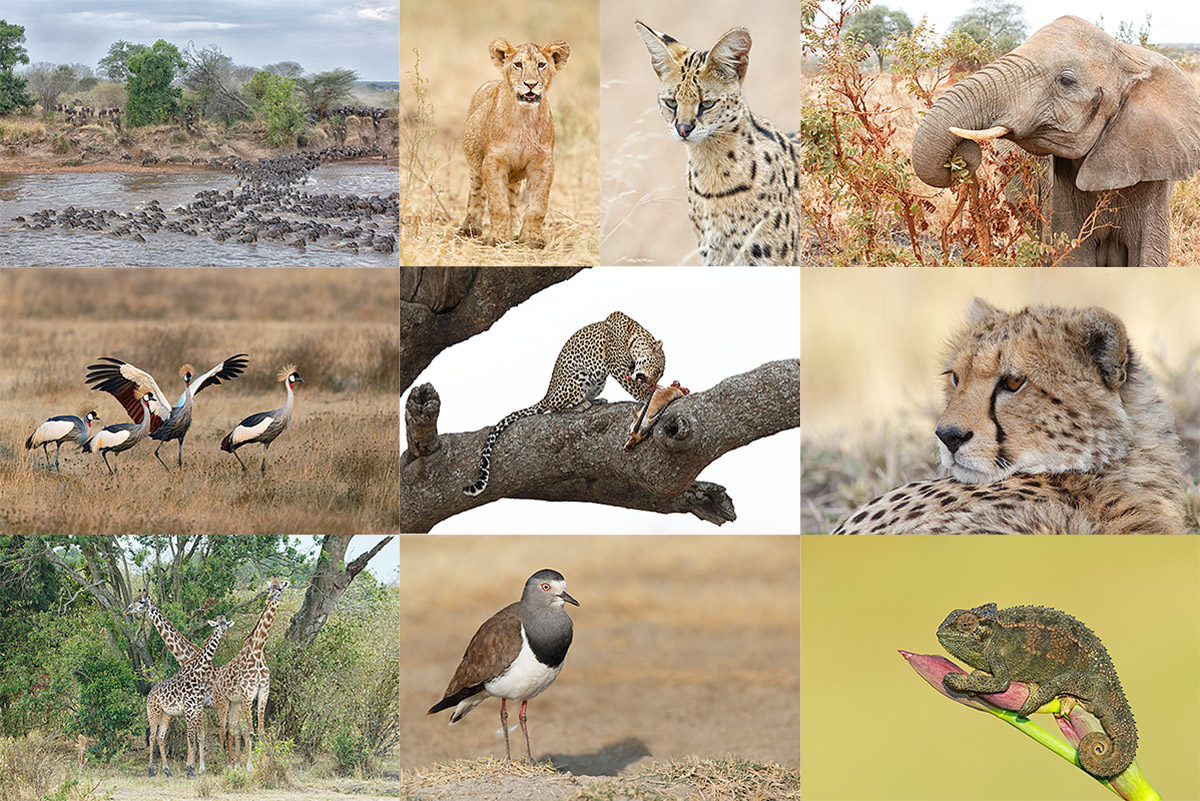
|
|
Join me for the 2014 Tanzania Summer Safari! Click on the image to enjoy a larger version. |
2014 Tanzania Summer Safari, 14-day African Adventure/leave the US on August 9. Fly home on August 24: $12,999.
Co-leaders Todd Gustafson & Arthur Morris. The limit is 12. Three photographers/van; you get your own row of seats. Our trip is a bit more expensive than the average safari for good reason. It is the best. We have the best driver guides with a total of decades of experience. They have been trained over the years by Todd and by me to drive with photography in mind. We have the best and most knowledgeable leaders. We stay in the best lodges and camps. We hope that you will join us for what will be Todd’s 35th African safari, and my 8th.
If you are seriously interested please e-mail me; I will be glad to send you the illustrated PDF with the complete itinerary and deposit info.
What else makes this expedition unique?
•Pre-trip consultation and camera equipment advice
•Award-winning photographers as your guides
•A seamless itinerary visiting the right locations at the best time of year
•Hands-on photography instruction in the field
•Specially designed three roof-hatch photo safari vehicles
•Proprietary materials for preparation, including free copy of “A Photographer’s Guide to Photographing in East Africa.”
•Post-safari image critiques
All-inclusive (double-occupancy) except for your flights to and from Kilamajaro Airport, bar drinks, soda & water (except at the Intimate Tented Camp where everything is free for our entire stay), tips for drivers and camp staff, personal items, and trip insurance.
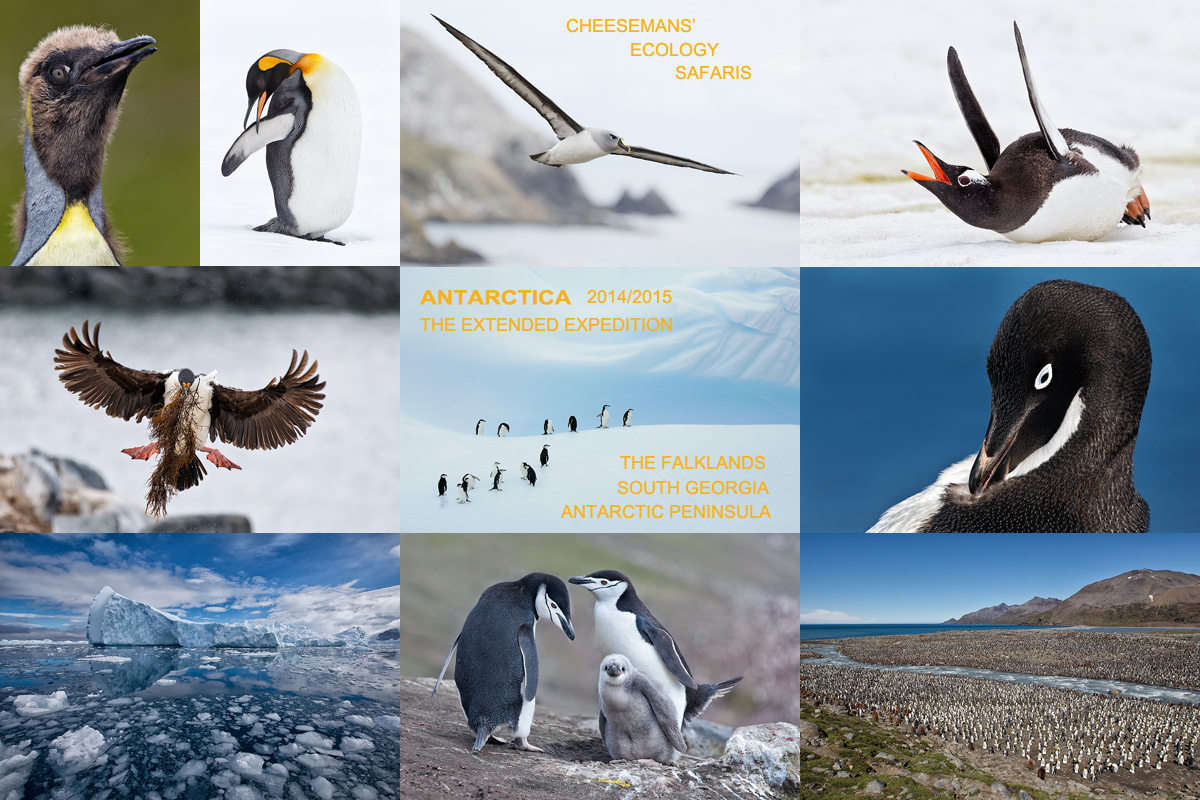
|
|
Breathe deeply, bite the bullet, and live life to its fullest; we all get only one ride on the merry-go-round… Join me on this great trip. Click on the image to enjoy a larger version. |
The Southern Ocean…
If you would like to explore the possibility of joining me on the Cheesemans’ Ecology Safaris Antarctica/The Extended Expedition Voyage< trip: Antarctic Peninsula, South Georgia and Falkland Islands: December 13, 2014 to January 10, 2015, click here for additional information and then shoot me an e-mail.
|
This Wood Stork head portrait was created on the Anhinga Trail portion of the South Florida IPT with the Gitzo 3532 LS carbon fiber tripod, the Mongoose M3.6 head, the Canon EF 600mm f/4L IS II USM lens, the Canon 1.4x EF Extender III (Teleconverter), and the Canon EOS-1D X. ISO 400. Evaluative metering -1/3 stop: 1/160 sec. at f/13 in Manual mode. Color temperature: AWB. One sensor to the left and one row above the Central sensor/AI Servo/Surround Rear Focus AF as framed (this is slight crop) active at the moment of exposure. Click here to see the latest version of the Rear Focus Tutorial. Click on the image to see a larger version. |
The Streak Goes On…
The Looking Back... blog post of Thursday monring, February 6, 2014 marked 71 straight days with a new educational blog post, a record by far that should be extended for at least another few days or so, or not. To show your appreciation, we ask that use our B&H and Amazon affiliate links for all of your B&H and Amazon purchases. Please check the availability of all photographic accessories in the BIRDS AS ART Online Store. We sell only what I use and depend on. We will not sell you junk. We know what you need to make creating great images easy and fun. And we are always glad to answer your gear questions via e-mail.
You can find the following items in the store: Gitzo tripods, Mongoose M3.6 and Wimberley heads, plates, low feet, and accessories, flash brackets, , Delkin e-film Pro Compact Flash Cards, LensCoat products, and our unique line-up of educational materials including ABP I & II, Digital Basics, Site and Set-up e-Guides, Canon and Nikon Camera Users and AF e-Guides, and MP-4 Photoshop video tutorials among others.
We would of course appreciate you using our B&H and Amazon affiliate links for all of your B&H and Amazon major gear, video, electronic, household, and personal purchases. For the photographic stuff mentioned in the paragraph above we would of course greatly appreciate your business.
This Bulletin took roughly 12 hours (spread over 3 days) to prepare; I hope that you enjoy it.
|
This fledgling Great Blue Heron head portrait image was created on the Venice Rookery portion of the South Florida IPT with the Gitzo 3532 LS carbon fiber tripod, the Mongoose M3.6 head, the Canon EF 600mm f/4L IS II USM lens, the Canon 2x EF Extender III (Teleconverter), and the Canon EOS-1D X. ISO 400 (should have been ISO 800). Evaluative metering + 1/3 stop (should have been at least +1 stop): 1/100 sec. at f/11 in Manual mode. Central sensor (by necessity) Expand/AI Servo Rear Focus AF on the top of the proximal end of the bird’s bill as framed active at the moment of exposure. Click here if you missed the latest version of the Rear Focus Tutorial. Click on the image to see a larger version. Here I love the tilt of the bird’s head that seemingly represents a cocky attitude. To see a killer ridiculously sharp image made with the 600 II/2X III TC combo see the 600 II, 1D X, 2XIII TC Insanity blog post. Making sharp images with the 2X TCs and a long lens requires lot of practice and teh excellent sharpness techniques detailed in The Art of Bird Photography II (AP II: 916 pages, 900+ images on CD only).
|
The Blog is the Bomb!
For the past month I have been putting in 20 to 25 or more hours per week into the blog to ensure that it remains informative, timely, and beautiful. Many of the educational features that formerly appeared in BAA Bulletins now grace the BAA Blog. If you are not subscribed, you are missing a ton of great stuff almost daily. You can subscribe to the blog posts by clicking here. If you have a problem subscribing, please contact us via e-mail.
Here are some links to recent posts of interest:
In the Splish Splash blog post we see again how studying and understanding bird behavior can help you become a better bird photographer.
Learn to create striking silhouettes in predawn light by clicking here.
See how I successfully dealt with clutter at Anhinga Trail while photographing a notoriously hard-to-photograph species: Green Heron by reading the blog post here.
Share the excitement of photographing an encounter between two Great Blue Herons, a Black Vulture, and a gar in The Before and the Aftermath…
Learn the main advantage of using f/4 super-telephoto lenses in the post here.
Read about how I worked with my 600/f/4 L IS II lens and my EOS-5D Mark III on a bad weather day at the Venice Rookery by clicking here.
Learn why I chose to ignore the gorgeous early morning light in An Early Morning Strategy That Goes Against the Grain.
Learn about seeing the situation and choosing the right perspective here and here.
See how David Hardcastle of the UK did in Florida with only his EOS-7D and my old “toy lens,” the EF 400mm f/5.6 L by clicking here.
For years I have posted images created in Manual exposure mode, in Av Mode, in Tv mode, and rarely in Program mode. And about two years ago I promised to write an article letting folks know when and why I use each of these modes. Many folks firmly believe that real photographers use Manual exposure mode 100% of the time. In the At Long Last, As Promised: the Greatest, Most Educational Blog Post Ever? Manual… Av… Tv… Program… Which is The Best Shooting Mode? blog post I lay waste to that myth. This is the definitive piece on shooting modes for nature photography, one that you will want to bookmark and study. But only if you want to become a better photographer.
I followed that up four days later with The #1 Reason that it is Mandatory, Imperative, and Vitally Important that you Work in Manual Mode for Flight Photography to drive home a point that I made in the post mentioned above.
|
Join Denise for a great weekend of flower photography and learning. |
Flower Photography Seminar/Workshop featuring Denise Ippolito ~ March 28-30, 2014
Brush up on your flower photography skills and post-processing skills just as the season starts. We may even get to photograph the Himalayan Blue Poppies again this year! You will need to bring your camera, macro lens and tripod as we will have multiple shooting sessions in a classroom setting. Creative set-ups and assistance will be provided. There will be several stations so that there will be no waiting around. Participants are encouraged to bring their laptops to follow along and also work on their images, processing them in Photoshop and enhancing them using Nik Software, OnOne Software, Fractalius and Snap Art (free downloads are available for each of the programs that we will be using and a list of software will be e-mailed to you at sign-up). The optional in-the-field workshop at Longwood Gardens will be a great way to roll up your sleeves and apply all of your new techniques in the field. Longwood Gardens will be displaying their Orchid Extravaganza on Sunday; we will be photographing inside the huge conservatory. We will keep our fingers crossed that the spectacular Himalayan Blue Poppies will be blooming and on display! The Friday & Saturday Seminar/Workshop is only $99.00.
For more info click here. Denise is a skilled instructor and her creativity will rub off on you for sure. Not to mention that she is a Photoshop genius who comes up with tons of new and effective stuff on her own.
Jim Neiger Workshops
|
Short-eared Owl in flight. Image copyright 2013: Jim Neiger/Flight School Photography |
Jim Neiger’s Idaho Wild Bird of Prey 2014 Workshops, Boise, Idaho
Flight School Photography returns to Idaho for the second year offering workshops to take place at the Morley Nelson Snake River Birds of Prey National Conservation Area near Boise, Idaho. In this unique wilderness area, the Snake River carved the deep Snake River Canyon, which produced a perfect environment of crags and crevices among the cliffs that have been home to birds of prey for thousands of years. Today, the Snake River Canyon is home to the largest concentration of nesting birds of prey in North America. In addition, the Snake River Canyon hosts hundreds of hawks, owls, eagles, and falcons that flock to the area each spring to mate, nest, and raise their young. Many of the nests are visible from the broad plateau above the cliffs. The active birds can also be photographed in flight as they glide on thermal updrafts produced from the canyon walls. The plateau features interesting flora and fauna and is rich in small wildlife. The research and guidance of our local expert will ensure our time is well spent and that we make the most of the photographic opportunities possible. Spectacular views of the Snake River Canyon and the surrounding area are an added bonus. These workshops offer a unique and challenging opportunity to photograph many of the most sought after species of North America in a wild and magnificent setting.
|
Prairie Falcon in flight. Image copyright 2013: Jim Neiger/Flight School Photography. |
Flight School Photography returns to Idaho for the second year offering workshops to take place at the Morley Nelson Snake River Birds of Prey National Conservation Area near Boise, Idaho. In this unique wilderness area, the Snake River carved the deep Snake River Canyon, which produced a perfect environment of crags and crevices among the cliffs that have been home to birds of prey for thousands of years. Today, the Snake River Canyon is home to the largest concentration of nesting birds of prey in North America. In addition, the Snake River Canyon hosts hundreds of hawks, owls, eagles, and falcons that flock to the area each spring to mate, nest, and raise their young. Many of the nests are visible from the broad plateau above the cliffs. The active birds can also be photographed in flight as they glide on thermal updrafts produced from the canyon walls. The plateau features interesting flora and fauna and is rich in small wildlife. The research and guidance of our local expert will ensure our time is well spent and that we make the most of the photographic opportunities possible.
The Morley Nelson Snake River Birds of Prey National Conservation Area encompasses 485,000 acres and over 20 species of raptors are possible, as well as small wildlife. Possible species include Prairie Falcons, Golden Eagles, Swainsons Hawks, Red-tailed Hawks, Northern Harriers, American kestrels, Short-eared Owls, Burrowing Owls, and more. The area also has a high density of badgers, many sagebrush bird species, and Canyon Wren. Because of the expansiveness of the conservation area, Flight School Photography has hired a local expert with over 30 years of experience working with the birds of prey in this particular area. He will have scouted the best viewing areas by the time we arrive, so that we will know where to find our subjects, what time of day has the best light angles, and what locations provide the best photo opportunities.
|
Northern Harrier female with prey item. Image copyright 2013: Jim Neiger/Flight School Photography. |
Workshop Dates:
Workshop ID-1: June 9-12, 2014
Workshop ID-2: June 14-17, 2014
Two workshops will take place during the late spring of 2014. The workshops will be conducted by expert bird photographer, Jim Neiger. Jim has perfected unique techniques for photographing birds in flight using large telephoto lenses, hand held. The focus of the workshops will be to learn Jim’s hand held, long lens techniques for photographing birds in flight and in other action. Jim is known for his consistent production of amazing flight images and images of the most desirable subjects. His Flight School Photography Workshops are a must for any serious nature photographer. Each workshop will last four days and will include a four hour classroom session, three morning photography sessions, and three afternoon photography sessions. Each photography session will be of three to four hours in duration. The workshops will be limited to six participants so that everyone may receive personalized instruction in the field. Each participant will receive a copy of Jim’s e-book “Flight Plan – How to Photograph Birds in Flight” when they sign up for the workshop.
Workshop Itinerary
Day 1 (afternoon/evening ): Arrive in Boise, Idaho which is the base location for the workshop. There will be a four hour classroom session from 2:00pm to 6:00pm in the hotel meeting room. The classroom instruction will focus on using hand held techniques for photographing birds in flight to prepare participants for the subsequent photography sessions.
Days 2-4: Each day will include a morning photography session, a midday lunch break on your own, and an afternoon photography session.
Workshop Cost and payment
The cost of each workshop is $1750 per person or attend both workshops for $3000 per person. Each workshop includes a four hour formal classroom instruction session and six 3-4 hour photography sessions. The photography sessions include personalized instruction in the field. Discounted lodging is available, but is not included in the workshop fee. A non-refundable deposit of $800 is required to reserve a spot in a workshop. The remaining $800 is due 30 days before the start date of the workshop. If you are unable to attend the workshop, after paying the balance, the balance payment will be refunded ONLY if your spot can be filled, on short notice, from the waiting list. All workshop payments must be made by check or money order. Credit cards are not accepted.
Please scroll down for contact info. Click here for more images and info on the Idaho workshops.
|
Images copyright 2013: Jim Neiger/Flight School Photography. |
Jim Neiger’s Osprey Heaven Workshops
Each workshop will include a four hour classroom session, welcome dinner, four morning photography sessions, and three afternoon photography sessions. Each photography session will be of three to four hours in duration. Five of the photography sessions will be conducted via a specially configured pontoon boat that has been customized for photography from the water (weather permitting). The remaining photography sessions will be land based sessions in the field. The workshops will be limited to five participants so that everyone may photograph in comfort and receive personalized instruction.
The photography sessions by boat will be held on the unspoiled and unparalleled Lake Blue Cypress. This spectacularly beautiful lake is virtually free of civilization and man made elements. The lake is surrounded by ancient cypress swamp and marshy wetlands. Here, the gorgeous cypress trees grow from the lake bottom, surrounded on all sides by water. Osprey nest by the hundreds in these trees, and participants will be able to photograph them as the fly to and fro, dive for fish, gather nesting materials, and feed their young chicks. Some of the nests are actually at or below eye level when standing in the boat. The only distractions in this pristine, wilderness environment are the constant cries of the Osprey as they frolic in the air and defend their nests from other birds.
Lake Blue Cypress is also a landscape photographers dream. The horizons contain nothing of man’s influence and only the beauty of the real Florida wilderness. Perches and backgrounds are spectacular beyond belief. April and May are the best months to be at Lake Blue Cypress. Many of the birds are actively nesting and rearing their young during this time. Wildflowers cover the stumps and trees like blankets of radiant color. The skies glow with spectacular, multi-hued sunrises and sunsets. Hundreds of different species of birds are possible including the typical Florida waders and water fowl. Large Alligators are commonly seen sunning themselves on top of the fallen trees and stumps amidst the colorful wildflowers. The biggest problem for a photographer here is deciding which subject to photograph. Even the weather cooperates at this time of year. It is the dry season and clear, sunny days are the most common weather condition.
The photography sessions on land will be held in remote areas of southern Osceola County. Here, participants are likely to have opportunities to photograph birds that are endangered and rarely seen. Possible species include: Whooping Crane, Swallow-tailed Kite, Great Horned Owl, Barred Owl, and Red-Shouldered Hawk among others. Sandhill Cranes, a common bird in Central Florida, are tame enough to approach as closely as you like. Participants will also learn how to safely use bird song recordings to attract birds. Jim has developed his own, innovative techniques for using recordings to attract birds, in such a way, that amazing photographic opportunities are common when they would be almost impossible otherwise. This includes special techniques that encourage birds to fly and land as desired; this can provide spectacular opportunities for both flight and perched images (with the perches being selected for their beauty).
Jim is known for his consistent production of amazing flight images and for his images of desirable subjects. His imagination and dedication have resulted in his developing many new techniques, techniques that can only be learned from Jim. His Flight School Photography Workshops are a must for any serious nature photographer.
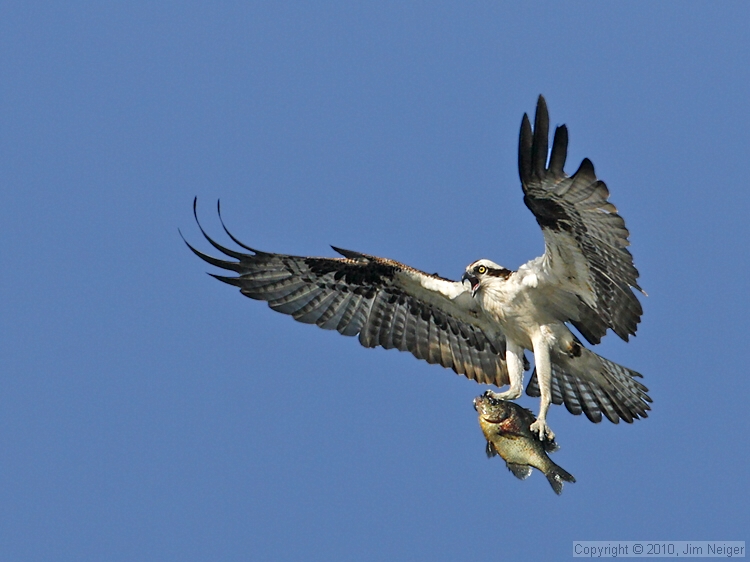
|
|
Osprey landing with bream. Image copyright 2013: Jim Neiger/Flight School Photography |
Workshop Dates
Workshop LBC-1: March 16-20, 2014
Workshop LBC-2: April 14-18, 2014
Workshop LBC-2: April 24-28, 2014
Workshop Costs and payment
The cost of each workshop is $1600 per person. Each workshop includes a four hour formal classroom instruction session, a welcome dinner, 4 morning photography sessions, and 3 afternoon photography sessions. The photography sessions include personalized instruction in the field. Each participant will receive a copy of Jim’s e-book “Flight Plan – How to Photograph Birds in Flight” when they sign up for the workshop. Discounted lodging is available but is not included in the workshop fee. An $800 non-refundable deposit is required to reserve a spot in a workshop. The remaining $800 is due 30 days before the start date of the workshop. If you are unable to attend the workshop after paying the balance, the balance payment will be refunded ONLY if your spot can be filled, on short notice, from the waiting list. All workshop payments must be made by check or money order. Credit cards are not accepted.
Participant Requirements
Participants should have working knowledge of how to create a properly exposed image, a telephoto lens of 400mm or more (300mm with a teleconverter is acceptable), and be physically capable of holding their camera and lens up to their eye in shooting position for at least 20 seconds. Participants must also have a vehicle to travel to and from the photography locations.
Lodging and Logistics
Workshop participants who require lodging during the workshop should stay at the hotel in Vero Beach where the classroom sessions will be conducted. Participants arriving via air arrive at the Orlando International Airport, which is the closest major airport to Vero Beach. Rental vehicles are available at the airport. Flight School Photography will assist participants with arranging the sharing of vehicles and/or lodging if desired. Detailed information will be provided when you sign up for the workshop or upon request. Lodging, transportation, and meals (except for welcome dinner) are not included.
Learn more here. View Jim’s incredible image gallery here. And see some of artie’s images here.
Flight School Custom Anytime Workshops
Learn about Jim’s Flight School Custom Anytime Workshops here.
Contact Information
Contact Information: Jim Neiger, Flight School Photography, Inc. 550 Basin Drive, Kissimmee, FL 34744-4804
Cell phone: (407) 247-5200. e-mail.
Flight School website.
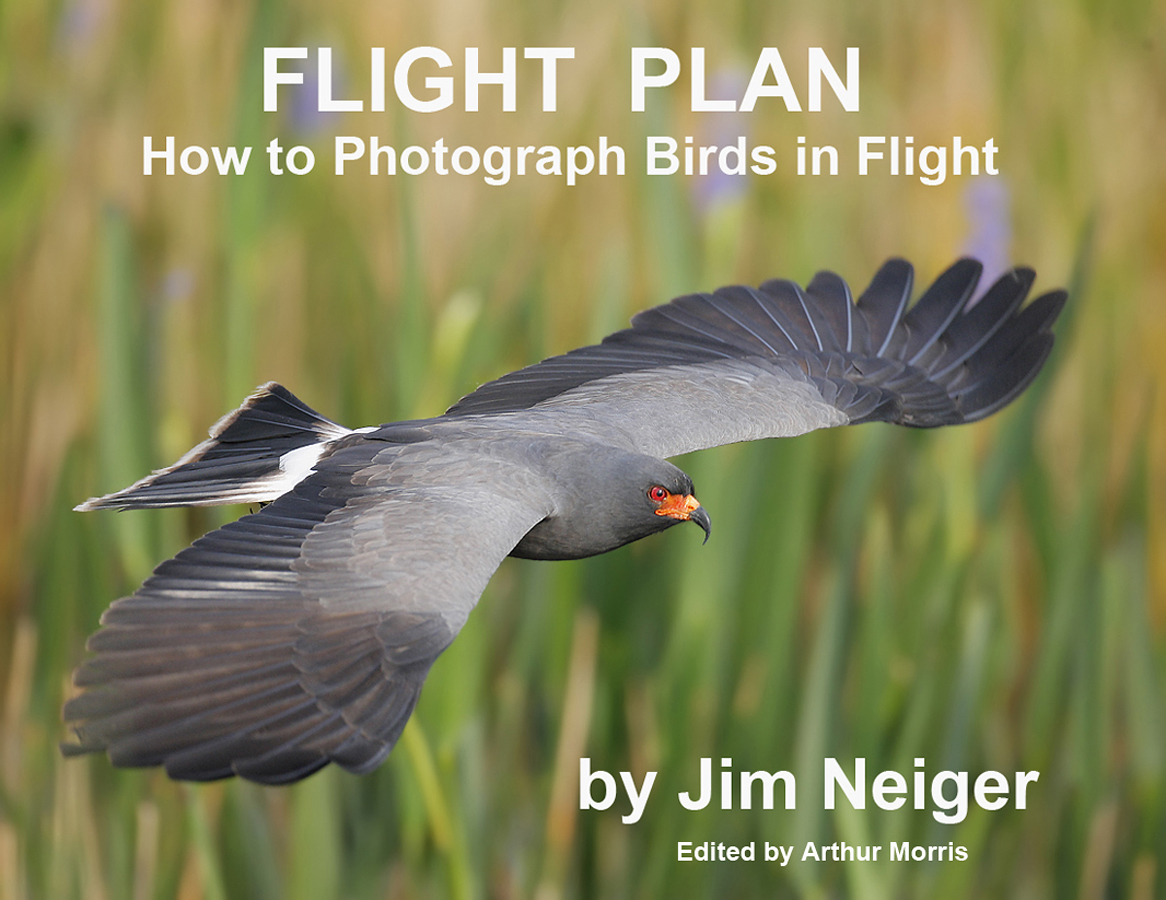
|
Flight Plan
I can say without a doubt that after spending more than two months (part time) editing Jim Neiger’s great e-Guide, Flight Plan, that my flight photography has improved by leaps and bound whether I am working off a tripod or hand holding. His explanation of the bumping the focus technique finally sunk in. Learning to use this technique regularly is a huge help for any all types of flight photography.
You can learn more about Flight Plan here or order a copy by clicking here.
Used Canon 24-105mm f/4L IS USM Lens for Sale/$600!
Sale Pending
I am offering my used Canon EF 24-105mm f/4L IS USM Lens for sale for $600. The lens is in excellent condition with the front element pristine. It includes the original box and everything that came in it. Buyer pays insured shipping to US addresses only via UPS Ground. Personal check only; we will not ship until your check clears. Sorry, but I was burned for $3K on a used 1D Mark III 🙂 If you are seriously interested please shoot me an e-mail.
Note: the lens is $1149 new. I have upgraded to the Canon EF 24-70mm f/2.8L II USM lens that meshes perfectly with my beloved Canon EF 70-200mm f/2.8L IS II. The 24-70 II sells for $2,299.00.
Used Canon 800mm f/5.6L IS Lens for Sale/Huge Price Reduction!
Friend and multiple IPT-veteran Monte Brown is offering his lightly used Canon 800mm f/5.6L IS lens in excellent condition for sale for $8,500. Purchase includes the lens case and hood, the 4th Generation Design Low Foot, the original foot, a LensCoat, the original invoice and the original Canon shipping carton. The lens was purchased new from B&H in April 2009 and was recently underwent a pre-sale clean and check by Canon. The buyer pays insured shipping via UPS Ground to US addresses only. The lens will be shipped only after your check clears.
The Canon EF 800mm f/5.6L IS USM Autofocus lens sells new for $13,223.00 so you will save a bundle on a great lens. No need to ever use a 2X…
If interested you can contact Monte by phone at 1-765-744-1421 or via e-mail.
Support the BAA Blog. Support the BAA Bulletins: Shop B&H here!
We want and need to keep providing you with the latest free information, photography and Photoshop lessons, and all manner of related information. Show your appreciation by making your purchases immediately after clicking on any of our B&H or Amazon Affiliate links in this blog post. Remember, B&H ain’t just photography!




Amazon
Everyone buys something from Amazon, be it a big lens or deodorant. Support the blog by starting your search by clicking on the logo-link below. No purchase is too small to be appreciated; they all add up. Why make it a habit? Because I make it a habit of bringing you new images and information on an almost daily basis.
Typos
In all blog posts and Bulletins, feel free to e-mail or to leave a comment regarding any typos, wrong words, misspellings, omissions, or grammatical errors. Just be right. 🙂
IPT Info
Many of our great trips are filling up. See especially info the Holland, Nickerson Beach, and Bosque IPTs. Two great leaders on each of these trips ensure that you will receive individual attention, have all of your questions answered, and learn a ton including how to think like a pro, see the situation, and get the right exposure every time. In addition you will have fun, and make lots of great images. Click here for IPT details and general information.
If you are interested in puffins in the UK in early July, 2014, San Diego in January 2015, or Florida in February 2015, please shoot me an e-mail.
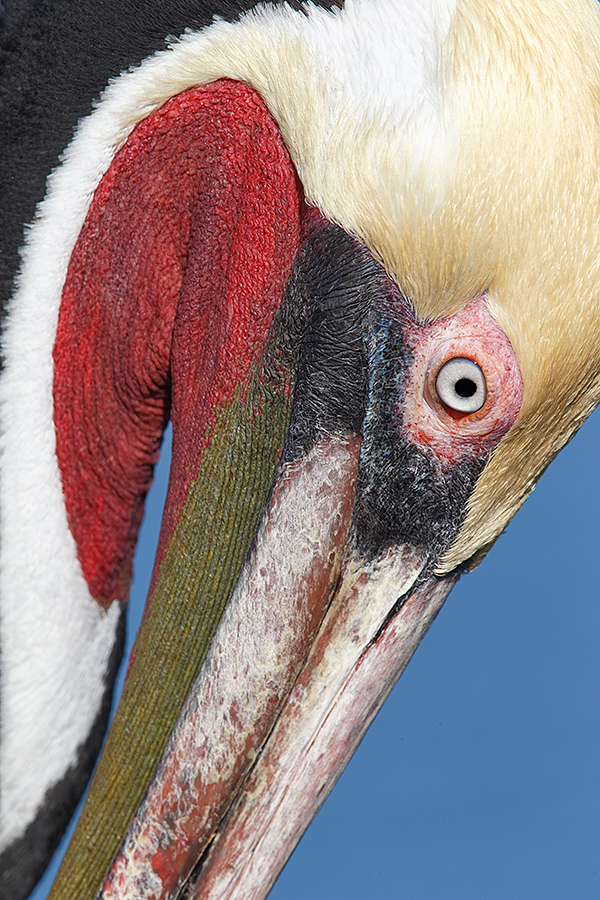
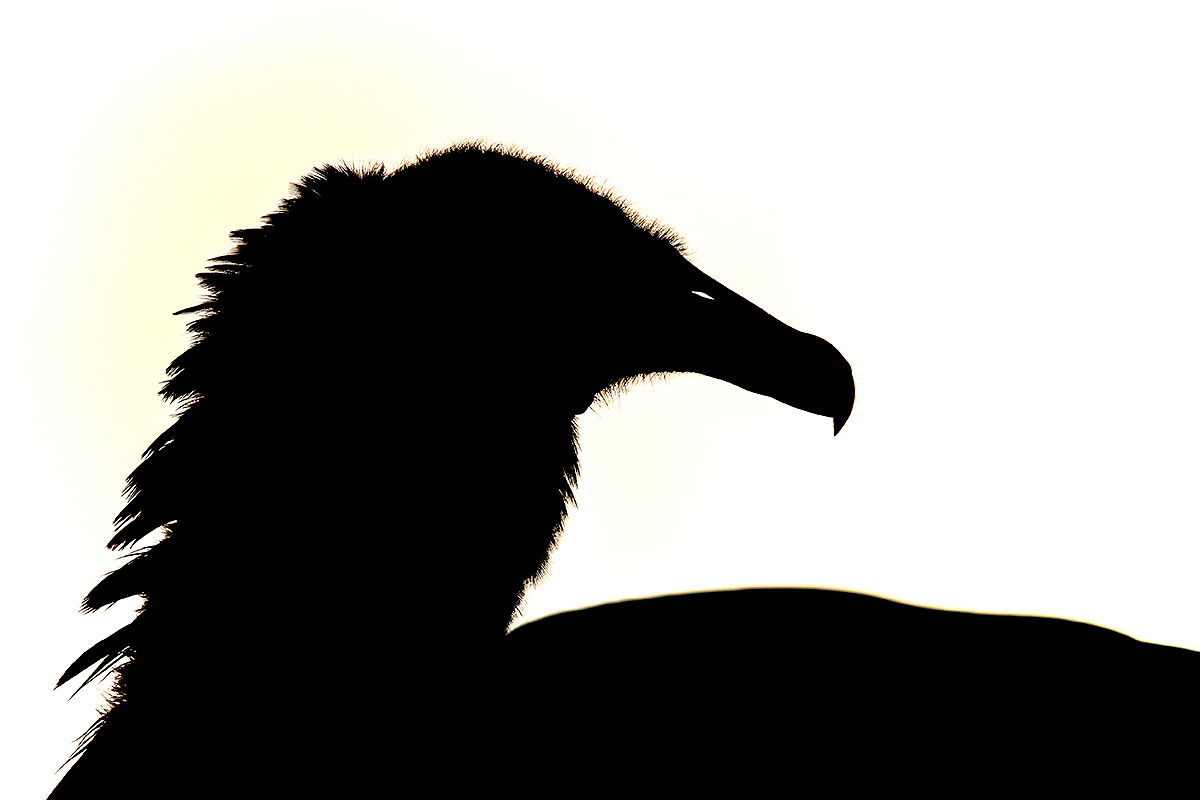
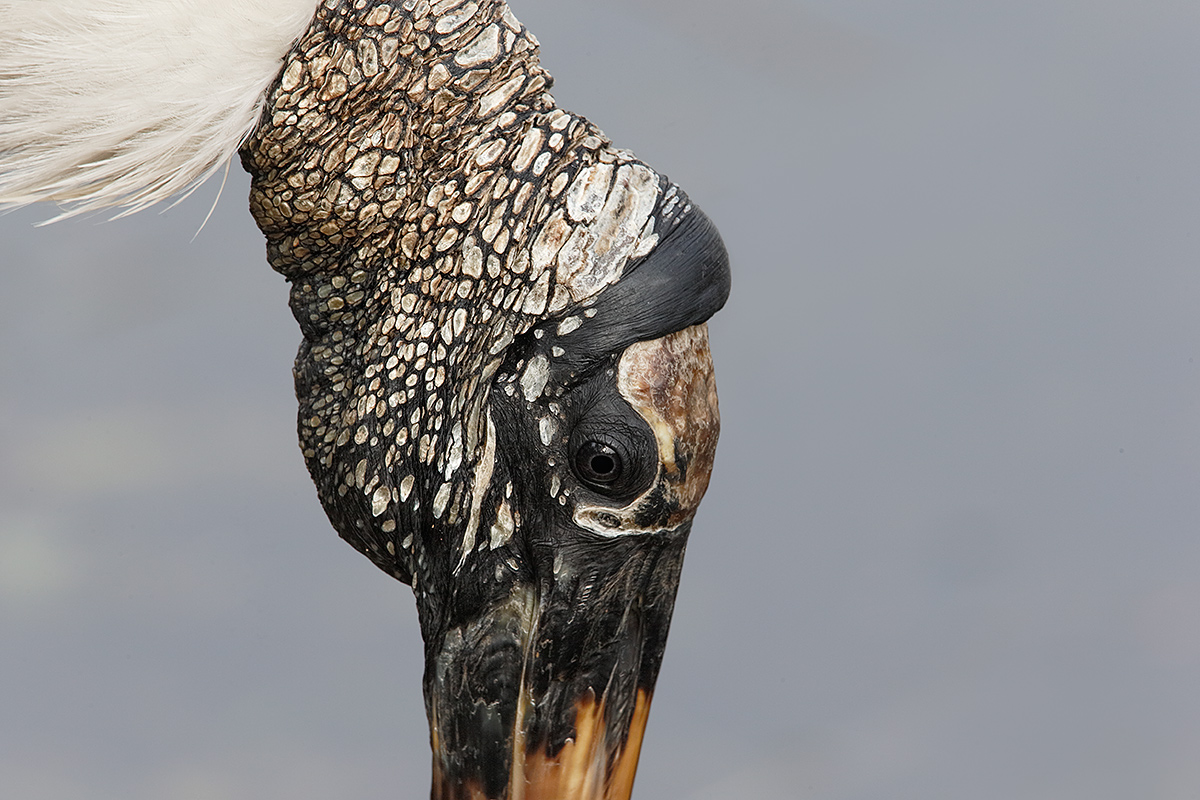
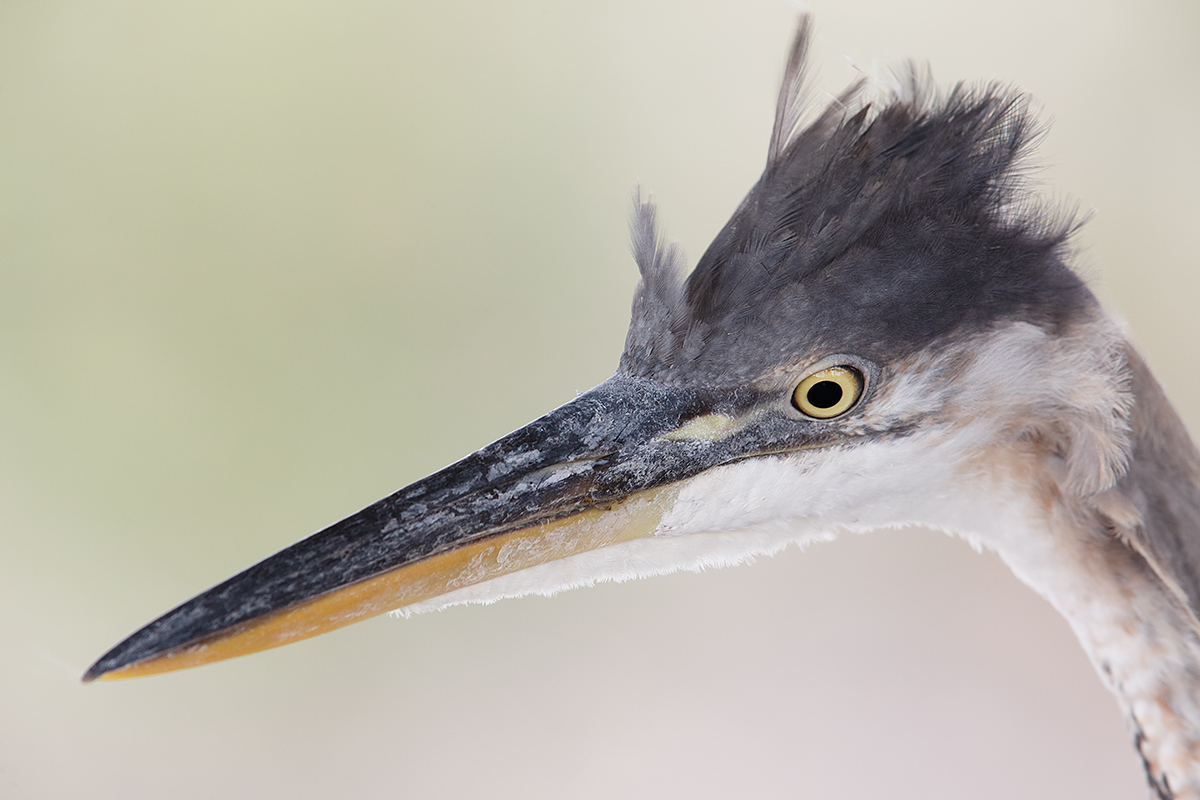
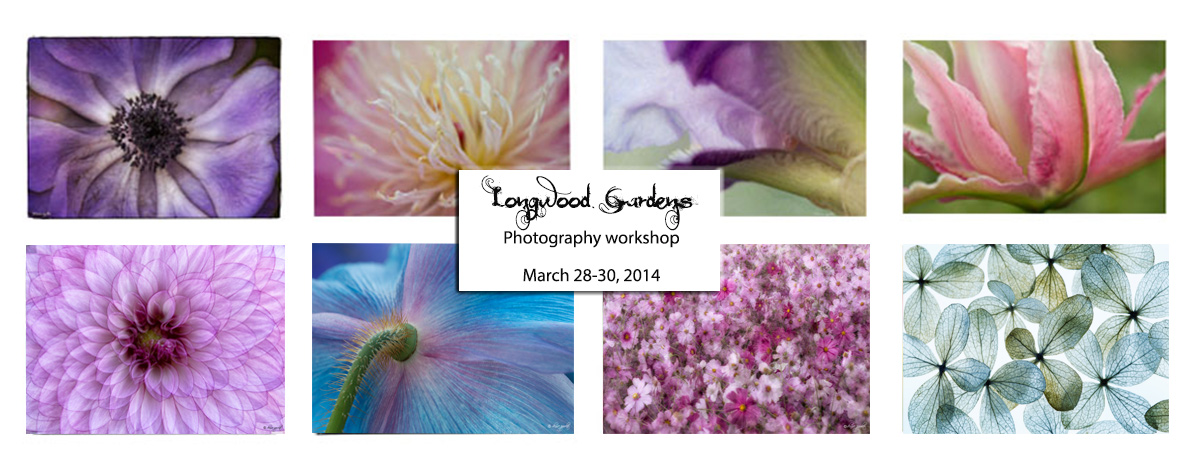
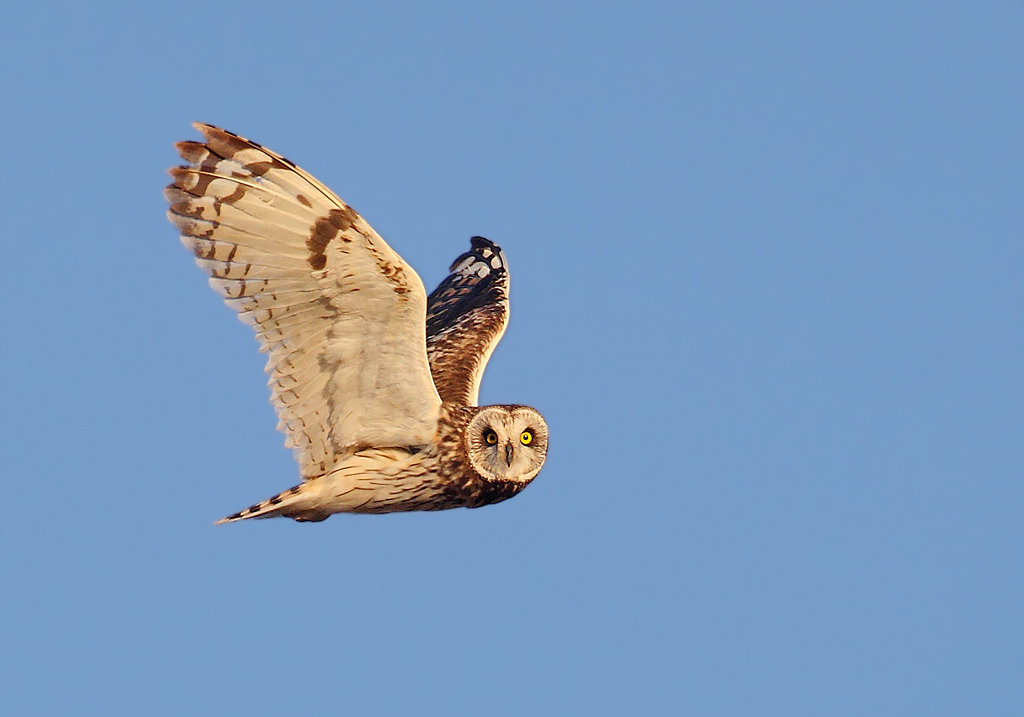
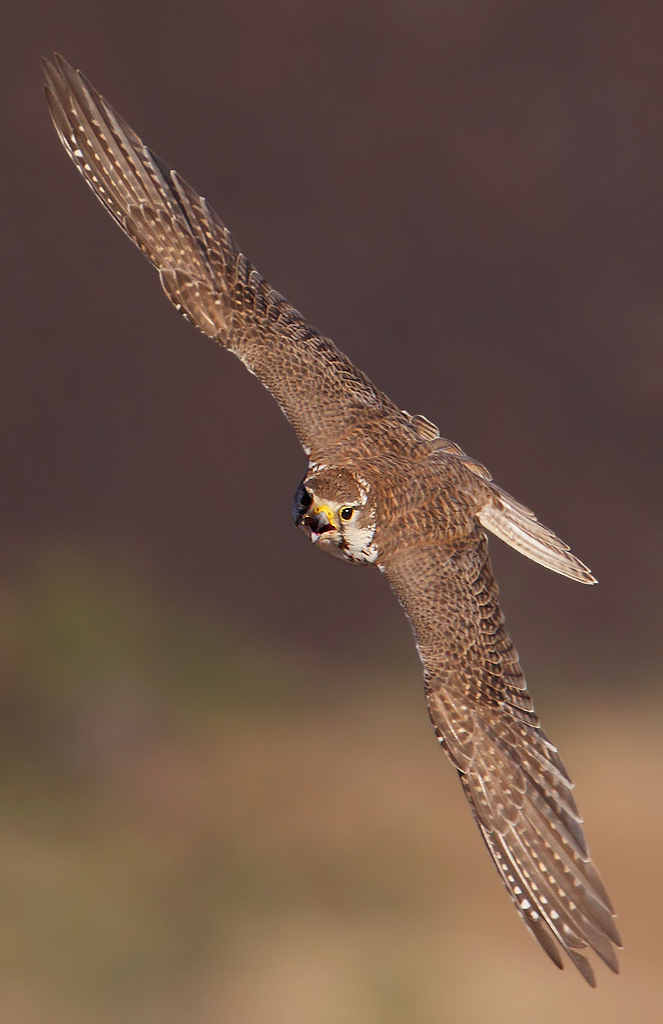
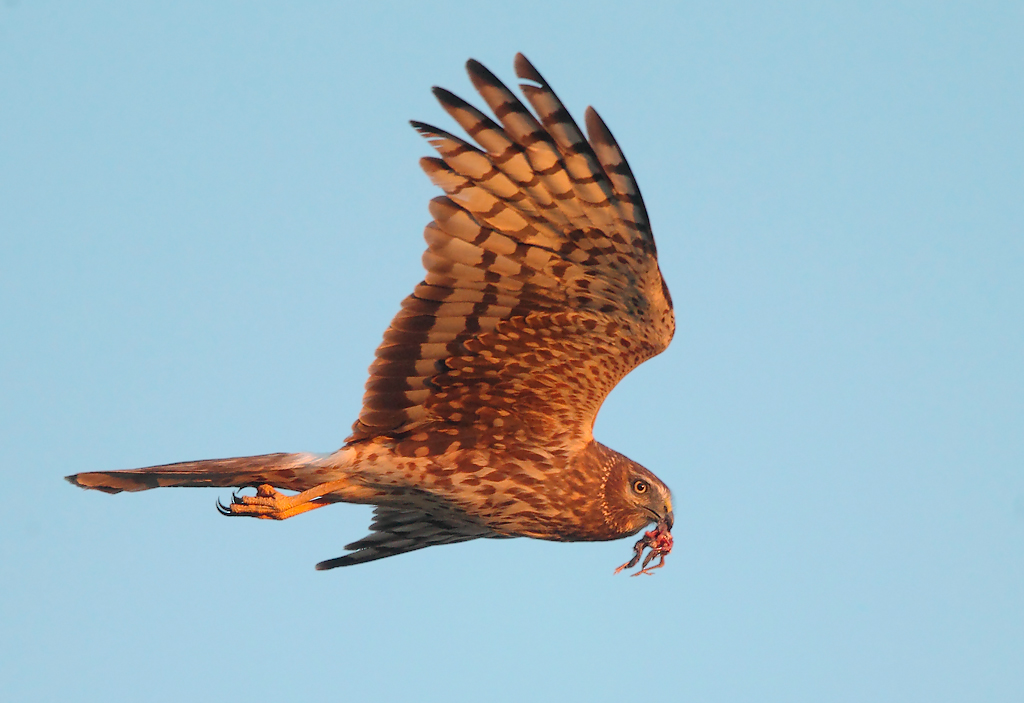
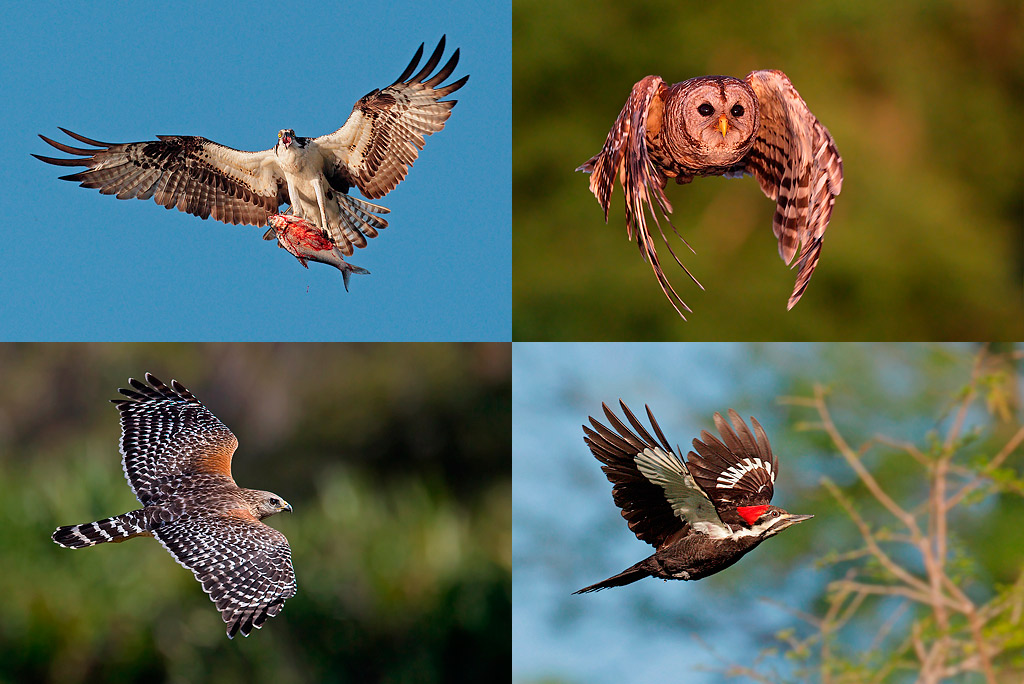


Lovely pelican portrait Arthur. I was surprised to read AI Servo on this image. I was led to believe that AI Servo was used mainly for BIF or tracking subjects.
Best regards
Trevor Andersen
As I use Rear Focus I am in AI Servo 100% of the time. If there is any possibility that the bird might shift it’s position or turn it’s head slightly AI Servo is always the best and only option :). artie
Any chance you’ll share that wood duck tip with us Artie? 🙂 I’m intrigued!
I am not sure yet. artie ps: the tip was not used to create the image above….
Normally I don’t comment on your bulletins, but I had
to make an exception for this one.
The Pelican shot is simply gorgeous! I love the framing
most of all. Then there’s that perfect head angle where
if he would’ve moved his head just a whisper downward,
we’d miss that separation between the beak and body.
I can almost feel the contour that makes up the red part.
And the bottom part of the beak, I just want to move my
hands up and down just to feel it.
Thanks also for including the Wood Stork. These birds don’t
get the props like Egrets and Spoonbills. I just love their
wings. I’ve always called them angel wings because of their
size and being white.
Doug